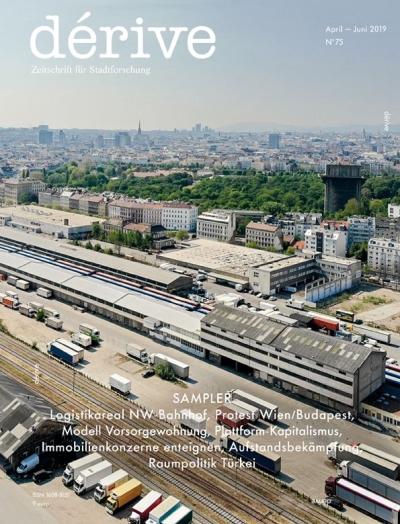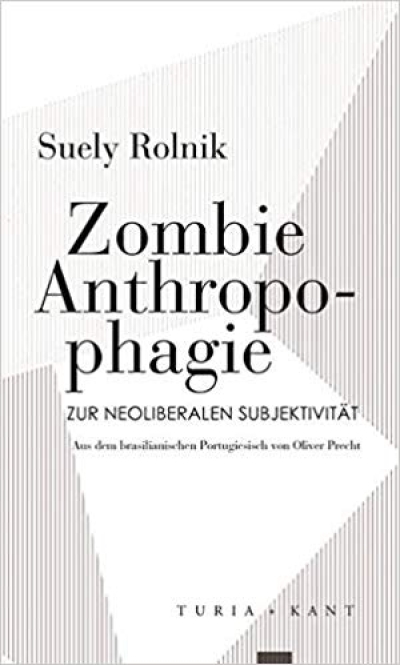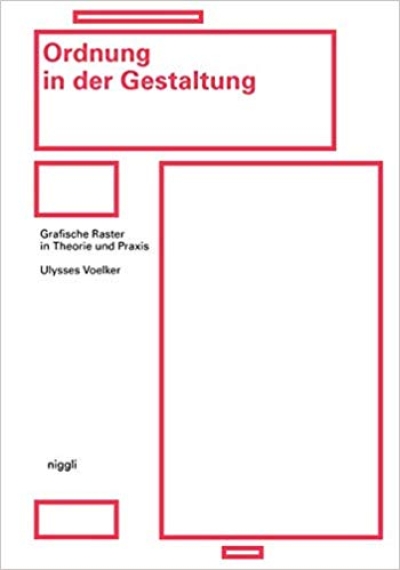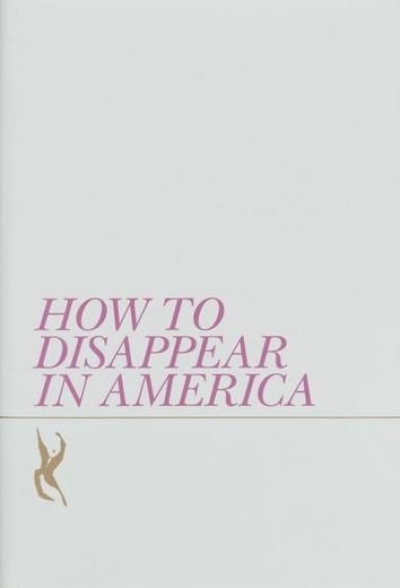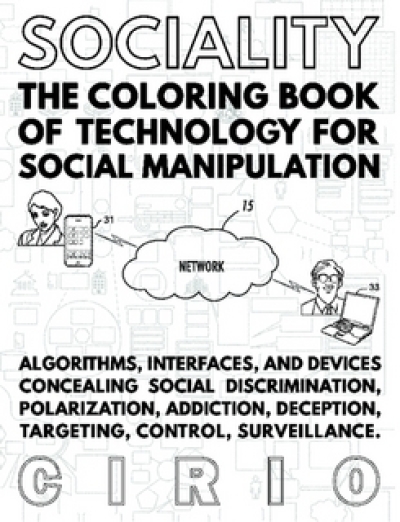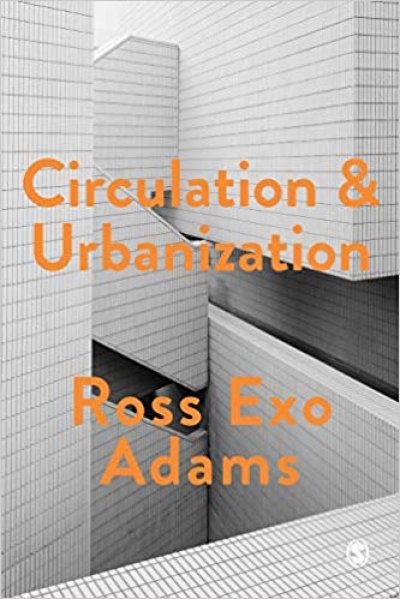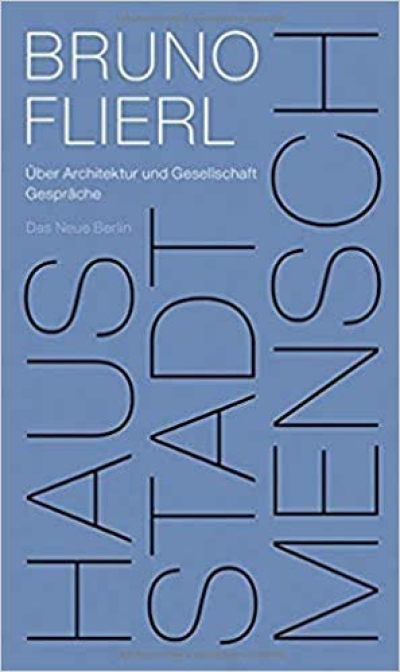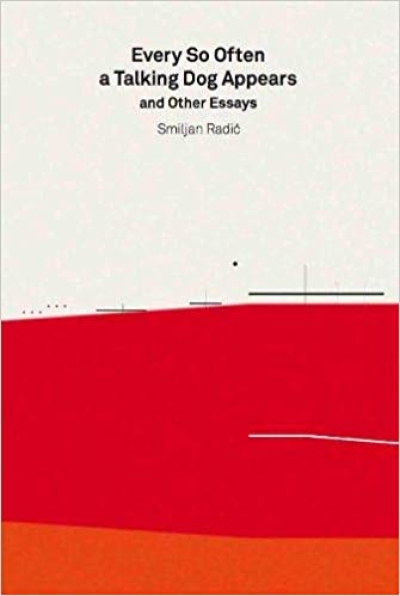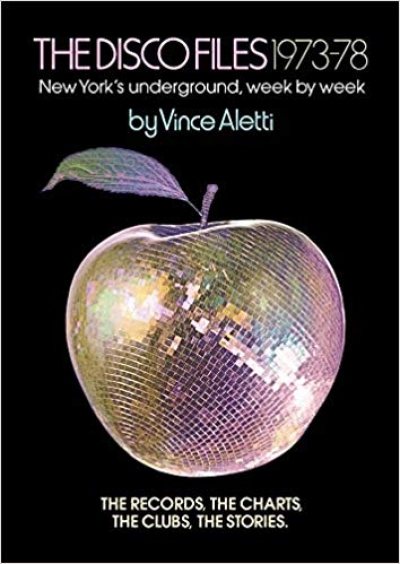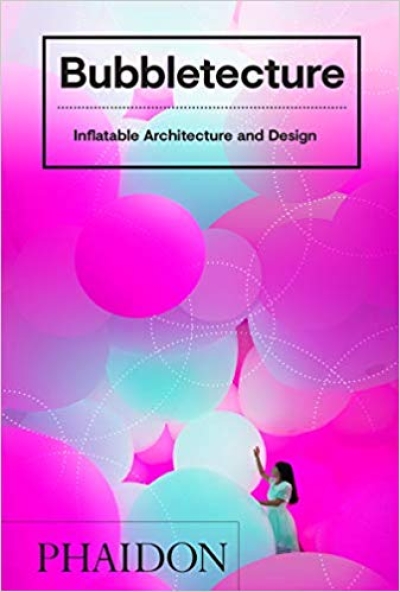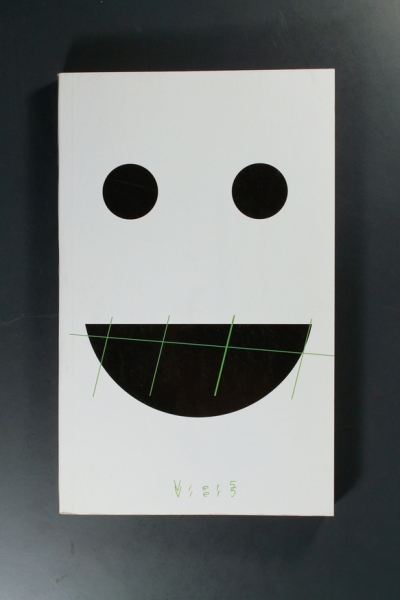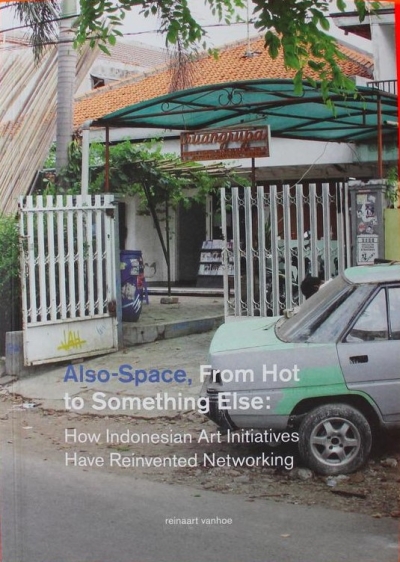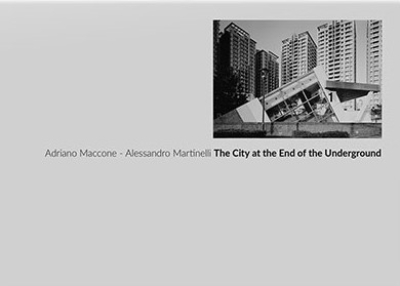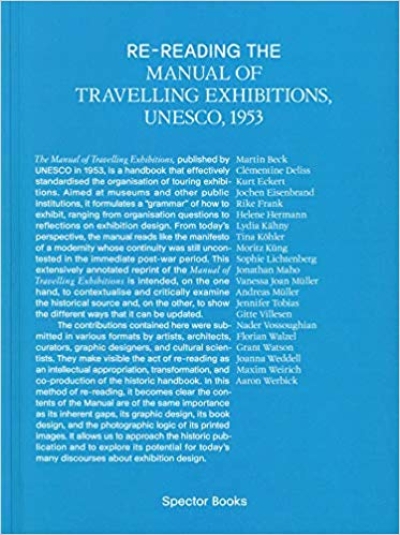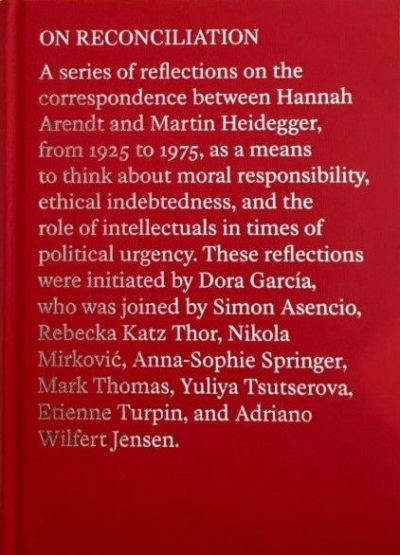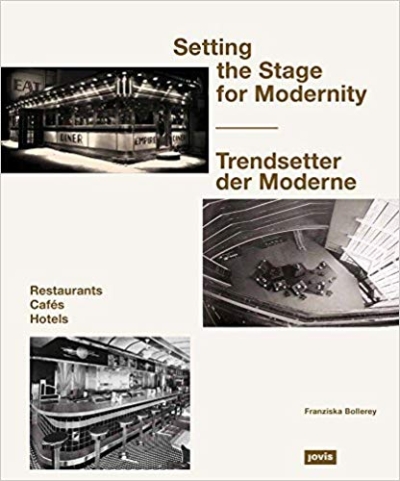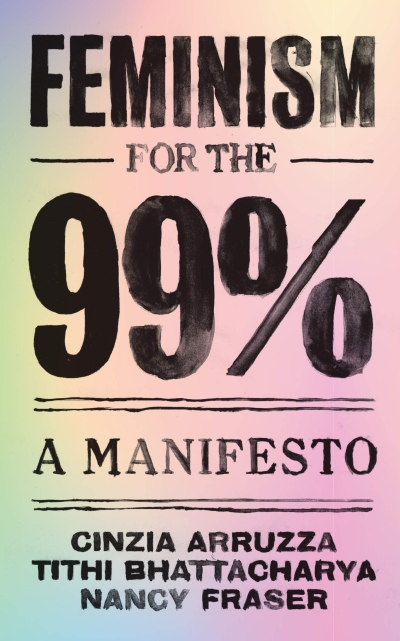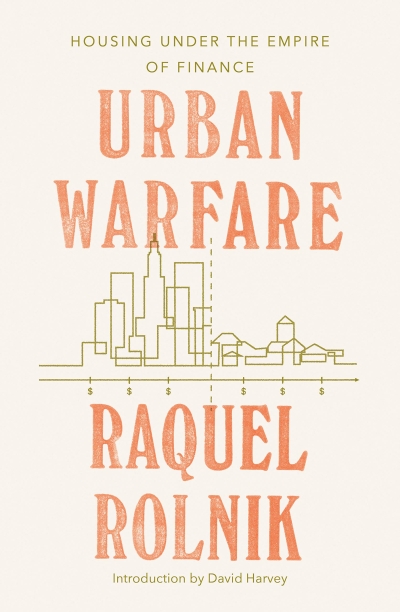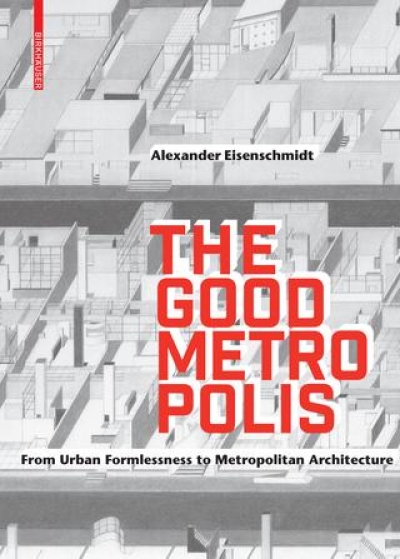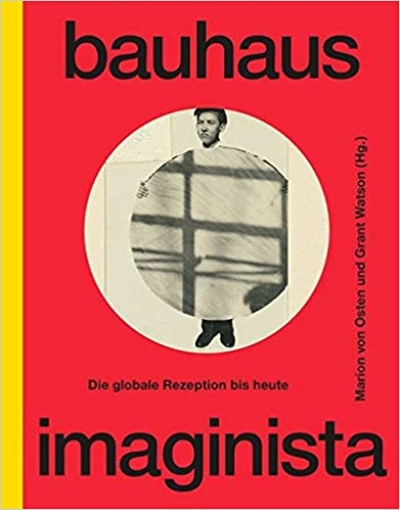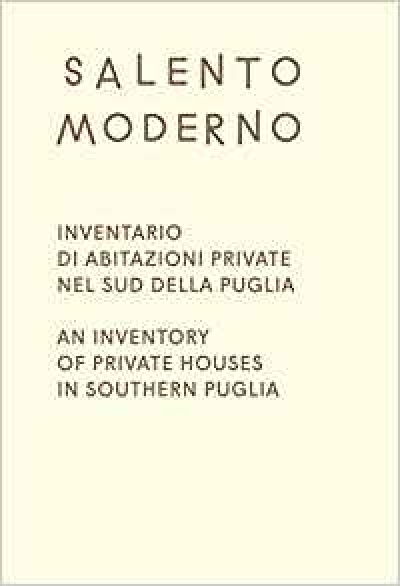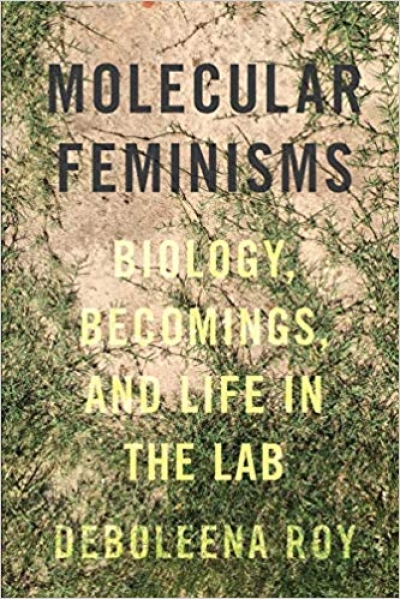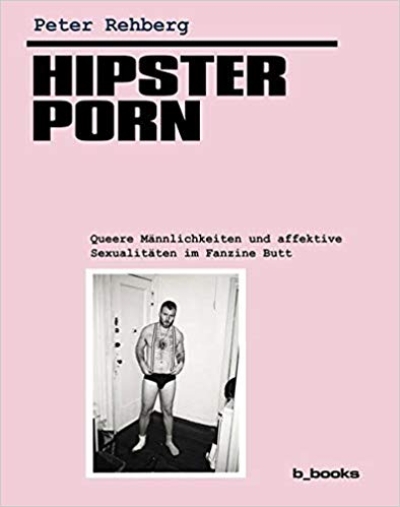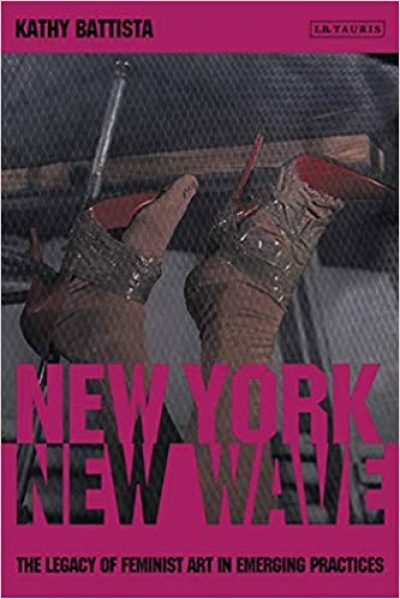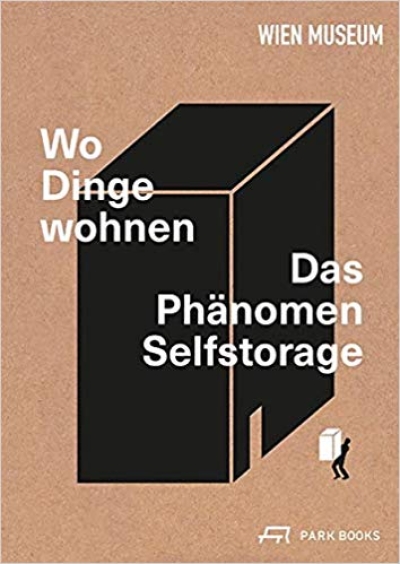
Zukunft entwerfen: Architektonische Konzepte des GEAM (Groupe d‘Études d‘Architecture Mobile) 1958–1963
Visionäre Architektur- und Stadtentwürfe als Lösungsansätze für neue gesellschaft- liche Herausforderungen – darin sah der GEAM (Groupe d’Études d’Architecture Mobile) seine Aufgabe. Seine Gründung 1958 steht am Anfang einer Welle konzep- tioneller Architekturen, die in den späten 1960er Jahren ihren Höhepunkt erreichen sollte. Die Gruppe forderte eine «mobile» Architektur, die flexibel an die Bedürfnisse der Bewohner anzupassen ist, zunächst in Reaktion auf das Ende der Congrès Inter- nationaux d’Architecture Moderne (CIAM), die von jüngeren Architekten zunehmend skeptisch beurteilt wurden.
Die Kritik des GEAM, zu dessen wichtigsten Vertretern Yona Friedman, Frei Otto und Werner Ruhnau gehörten, zielte weniger auf einen Bruch mit den CIAM-Prinzipien als auf die Erneuerung konzeptioneller Ansätze. Dabei nimmt der GEAM eine Schar- nierstellung ein, in der sich das Visionäre aus dem Modernen formt. Anstatt sich in einer fantastischen Bildproduktion und einer architektonischen Science Fiction
zu erschöpfen, dienten die Entwürfe der einzelnen Mitglieder dazu, die architektoni- sche und städtebauliche Debatte zu öffnen. Eines der wenigen gemeinsam entwickel- ten und realisierten Projekte war die Wanderausstellung L’Architecture mobile, eine breit angelegte Plattform, mit der die Protagonisten 1961/62 ihre Ideen und Konzepte unter anderem in Paris, Hannover, Warschau, London und Amsterdam präsentierten.































































